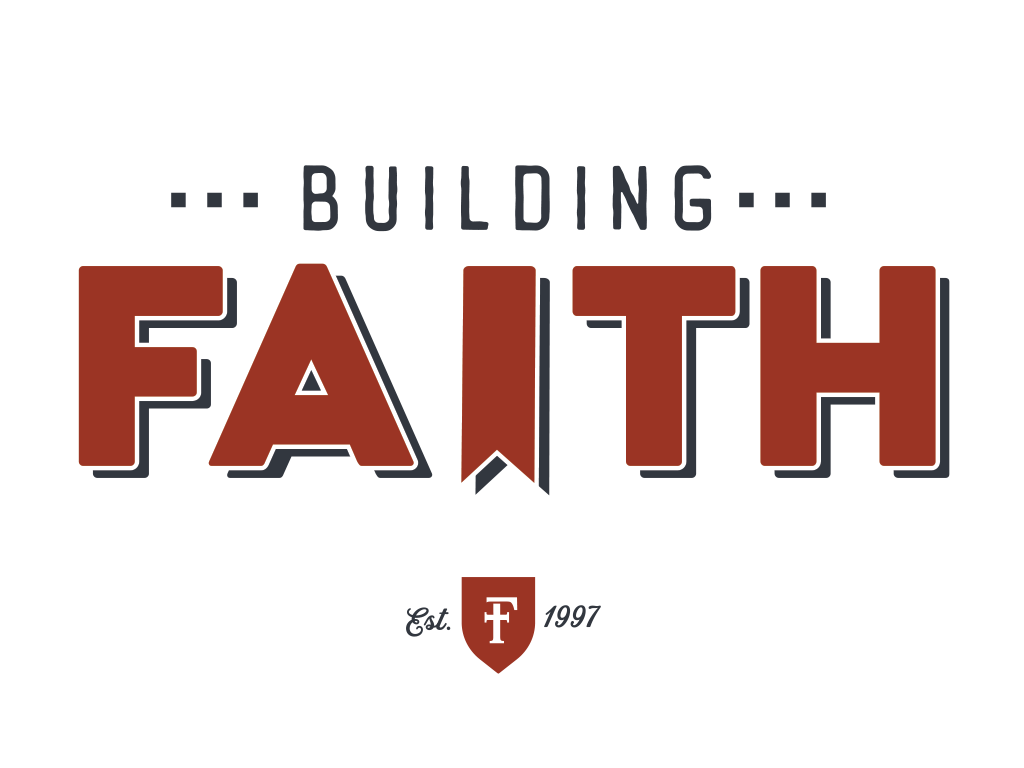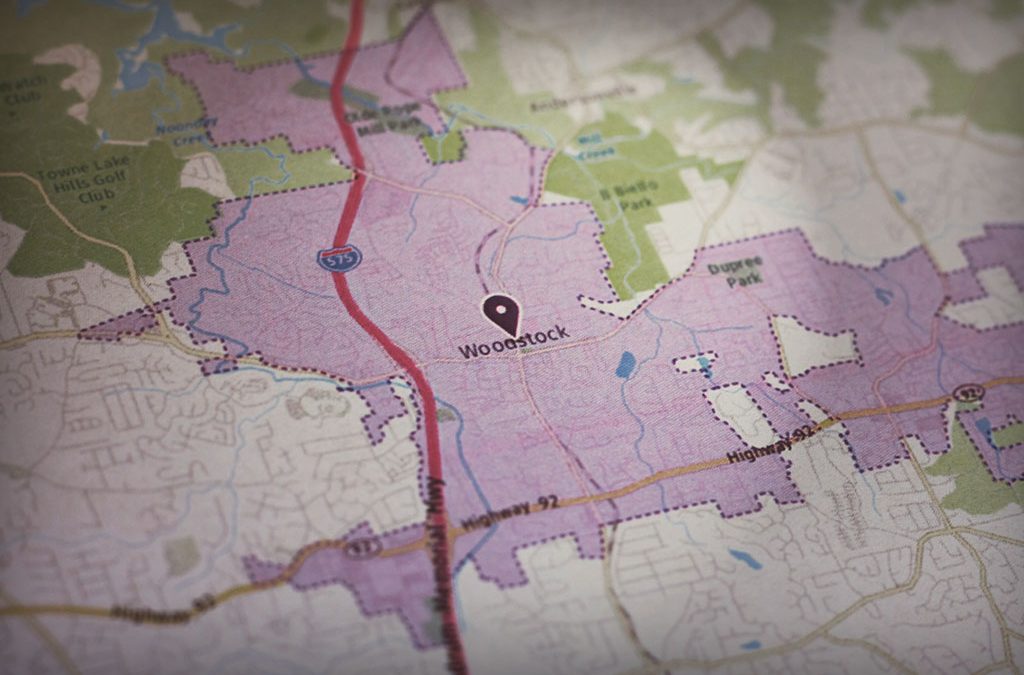In recent months, our church has been seriously considering the option of annexing our property into the City of Woodstock. When Faith Community Church purchased our initial 8.73 acres back in 2014, we considered it a blessing that the property was a Cherokee County parcel surrounded by the City of Woodstock.
The clear and compelling consensus from every construction industry expert with whom we consulted affirmed that it was a great advantage for us to be able to develop our site according to County codes rather than the more stringent and expensive City codes. At the same time, it was comforting to know that there would also be City codes governing future development around the church to ensure consistent and aesthetically appealing elements in our new “neighborhood.” It seemed like the proverbial “best of both worlds” scenario for FCC.
Of course, with any project of this size and scope, there are always unforeseen twists and turns on the road from conception to completion. A few of those twists and turns appeared after our site planning process commenced. As our team worked through several iterations of a site layout, we realized we would need to acquire two small parcels on the northwest and southwest corners of our property to optimize key elements such as parking, stormwater retention, site grading and building frontage visibility. Fortunately, the acquisition costs were reasonable, the necessary funds were available, and the Elders approved both purchases.
We were able to close on the acquisition of the southwest corner parcel without a hitch. The purchase of the northwest corner parcel, however, presented another bend in the road. The lienholder on that parcel would not approve the transaction unless the parcel was re-platted with our existing property into a unified parcel. The twist here was that this parcel was (and still is) part of the City, so it could not be re-platted with our County property. This left us with what appeared to be 3 less-than-favorable options to choose from:
- Forego the acquisition of the northwest parcel and proceed with a site plan that limits our placement options for stormwater retention and diminishes our parking capacity.
- Pursue de-annexation of the northwest and southwest corner parcels from the City and re-plat all parcels within the County.
- Pursue annexation of our primary property into the City and re-plat all parcels accordingly.
While option 1 would not slow our progress down, the obvious compromises on the site would have long-term ramifications for the church. Option 2 seemed like an enormous longshot because we had already received overtures from the City about annexing our main property. It was hard to imagine a scenario in which the City would willingly and expeditiously work with us to de-annex the two corner parcels. Of course, as I mentioned previously, option 3 seemed to be fraught with a range of possible time delays, design constraints and future financial risks if we were required to build according to City codes. And yet, this is where the Lord had us. And once again, He graciously reminded us that the heart of man plans his way, but the Lord establishes his steps (Proverbs 16:9).
So, with option 1 as our fallback position, we decided to take some exploratory steps to better assess our options. This began with a meeting at the City of Woodstock.
When Shane and I scheduled the meeting in mid-July, we were really searching for some daylight that we hoped would help us evaluate our options with greater clarity. We entered the meeting, however, with the overarching assumption that remaining in the County would be the best all-around option for us during construction. Our opening remarks and our initial line of inquiry were clearly influenced by this assumption. We thought we should at least try to convince the City to work with us on de-annexing the two small parcels with our commitment to annex the entire property after we completed the construction of Phase 1. In the end, it seemed, everyone would achieve their primary objectives – “Win/Win!”
Little did we know, the Lord was charting a different course for us that would magnify His kindness, fortify our trust, and deepen our gratitude to Him for his unfailing provision. What He knew that we did not was that the City was very motivated to convince us that annexation would not only be smooth and cost-effective, but that the City was committed to making it work to our clear and substantial benefit. The case they made in that initial meeting was compelling enough to move us from doubt and concern to cautious optimism about annexing into the City prior to construction.
Since that initial meeting, the City has consistently demonstrated an impressive level of responsiveness to our questions and accommodation to our needs as we have begun working through the details of the annexation process. They have agreed to a range of zoning variances that have enabled us to move forward with our site planning without reservation and with little delay. They have offered meaningful savings and waivers on various fees that will benefit the church both during construction and beyond. And one of the more significant points of partnership we are working on involves the development of a public roadway connecting Rope Mill Road with Woodstock Parkway that would run along the southern edge of our property. We are currently working out the details of this partnership, but some of the benefits to FCC include substantial cost savings on parking lot development, curbing and sidewalk development, accel/decel lane construction, and landscape/streetscape development. In addition, this future roadway will give the church much greater visibility to passersby and will provide additional points of access to our facilities from the Rope Mill Road side of the property.
While there are many details to work through, we are very encouraged by our developing relationship with the City, and we are most grateful for the Lord’s continued guidance and provision. Please continue to pray for the Building Faith team as we move through this important process for FCC.

